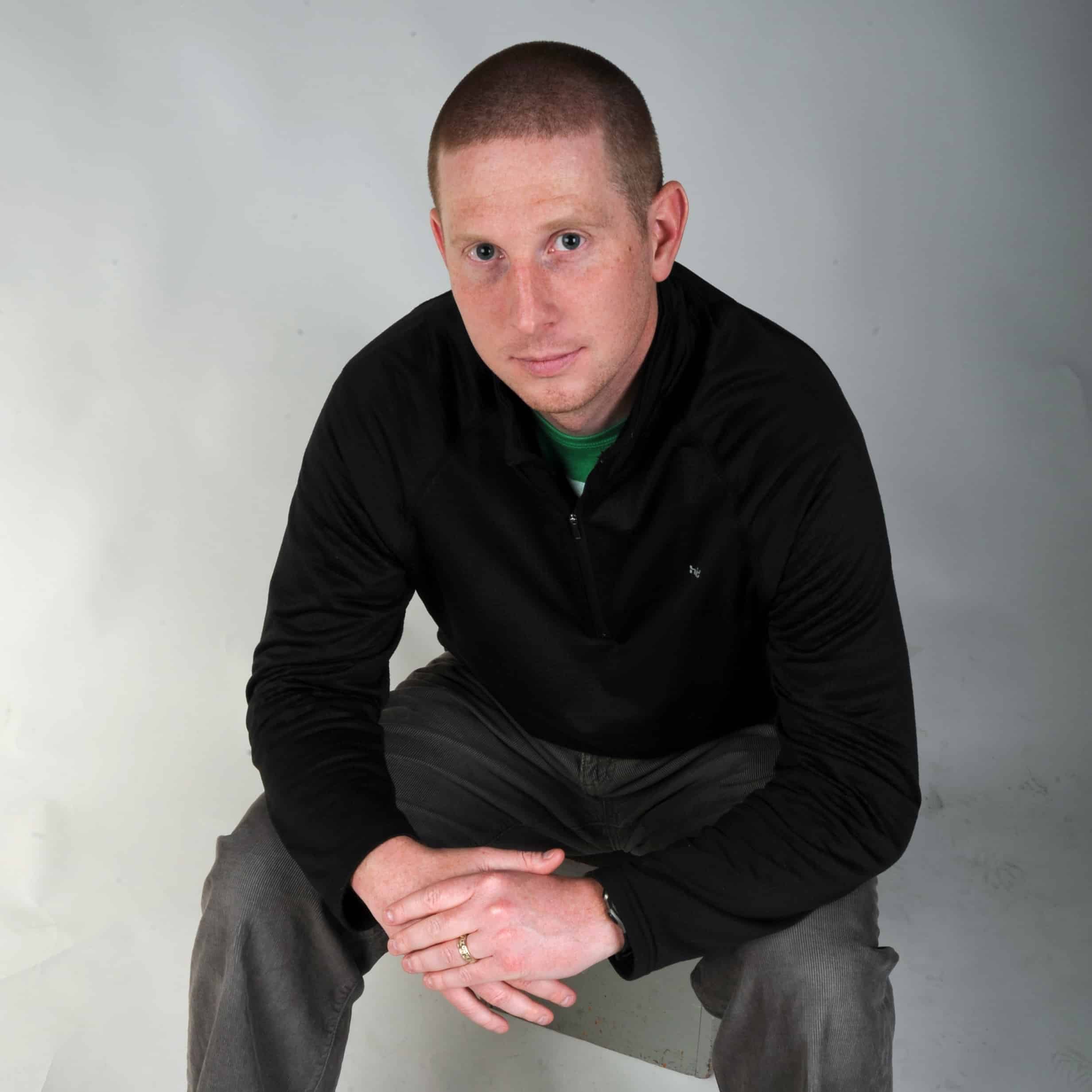More men are seeking help, but roadblocks to treatment remain
Through college, graduate school, and into an active and successful professional life in healthcare administration, Earnest Davis had grown accustomed to pushing aside emotional issues that impacted his productivity.
From a stressed relationship with his mother to the challenges of fatherhood, Davis shoved unease away, a strategy that allowed him to avoid confronting the fears and anxieties bubbling inside his mind.
“I put them away in a closet and slammed the door shut,” says Davis, a 42-year-old west suburban resident.
And that worked for Davis — until it didn’t.
In 2017, Davis’ employer eliminated his position while Davis also faced an unexpected physical issue. The things that made him feel alive and effective — providing for his family, maintaining an active professional life, and working out — vanished. The sudden life shifts required emotional focus that Davis sought to remedy with meditation and prayer, but neither worked.
“When I had to deal with these two big life challenges, everything else fell out of that closet,” Davis says.
After one long, tearful night in early 2019, Davis decided to pursue professional counseling. On his first visit, Davis told his therapist that he felt “broken.” Through regular counseling and with a determined spirit, Davis navigated his internal challenges and developed strategies to address change and the weighty emotions he had previously discarded.
“I’m in a much better, more balanced place today and know how to deal with my emotions,” says Davis, who, inspired by his personal transformation over the past two years, now runs a company that helps healthcare organizations better understand patient perspectives.
Men seeking help
Davis is among a growing number of men seeking help with their mental health. When Gregory Teas, MD, a psychiatrist and chief medical officer for the AMITA Health Alexian Brothers Behavioral Health Hospital, began serving adults in Chicago’s northwest suburbs 40 years ago, men represented about 30% of his practice. Today, that figure is closing in on 50%.
“There are many more men acknowledging they need help and assessment,” Teas says.
This has become particularly true since Covid-19 infiltrated American life in March 2020. The pandemic has highlighted individuals’ mortality and physical vulnerabilities, stirred loss, brought shifting family dynamics, and crippled social networks — all of which sparked feelings of isolation and anxiety in many.
“The last year has brought the biggest surge in outpatient therapy I’ve seen in my career,” Teas says.
And still, persistent roadblocks remain when it comes to men’s willingness to seek professional support for mental health issues. Many men, for instance, often see mental health problems as a form of personal weakness, a stigma they cannot shake; others elect to self-medicate, sometimes with alcohol or drugs.
“When I had to deal with these two big life challenges, everything else fell out of that closet.”
“Men often try to handle things themselves and will their way through challenges,” says Marc Browning, PsyD, a clinical psychologist and director of the Linden Oaks Medical Group Counseling Center affiliated with Edward-Elmhurst Health.
The reluctance to deal with mental health issues can lead to significant consequences, including fractured relationships, job loss, physical health issues like heart disease and stroke, and shorter life spans, including suicide. Men, in fact, have a suicide rate 3.6 times that of women, according to the American Foundation for Suicide Prevention.
Though mental illness, including common issues such as anxiety and depression, affects both men and women, men nevertheless remain less likely to report mental illness and seek treatment compared to their female peers, the National Institute of Mental Health reports.
“By the time I see men, many have reached a crisis point where they have used up most of their intellectual and interpersonal resources and options,” Browning says.
But it need not be that way.
Safeguarding mental health
Mental health professionals encourage men to recognize how mental health issues present themselves. Anxiety, for instance, often manifests itself in persistent worry as well as physical symptoms such as headaches, palpitations, and abdominal pain.
Depression, meanwhile, frequently sparks sleeplessness, decreased appetite, and — instead of the melancholy that is commonplace in depression in women — heightened irritability, anger, and aggression that might include slamming doors, breaking objects, or yelling at others.
“As the saying goes, ‘Hurt people hurt people,’” Browning says.
Other key signs of struggle include increased alcohol consumption or reckless behavior, consistent conflict in one’s primary personal and professional relationships, or when men disengage from things that have typically interested them.
“We often have personalities that are rather consistent,” Browning says. “When the extrovert becomes withdrawn, disconnected, or quiet, or the prudent guy becomes more animated and reckless or is drinking more than normal, there’s often something bigger at play.”
If men can have some earnest reflection and accept the feelings of stress, anxiety, or vulnerability blanketing their day, or acknowledge the concerned observations of a trusted ally, they can begin charting a path toward healing.
While some men start with lower-level interventions, such as daily exercise or honest conversations with a family member or friend, specialists encourage consulting a professional, perhaps their general physician at first. If those simple interventions fail to produce positive developments, a visit to a mental health professional might be in order. The earlier treatment begins, the more effective it can be.
“Seeking help for a mental health issue should not be a source of stigma or shame,” Teas says. “Quite the opposite, in fact: It’s a way to get yourself onto a better, healthier path.”
Originally published in the Fall/Winter 2021 print issue.

Born and bred in Chicago, Daniel P. Smith has been penning stories for consumer and trade publications since 2000.












